Fudd Friday: The Not-So-Late, Great .358

Say you’ve got a short-action firearm, but you want big-bore hitting power, with bullets above the usual .30-caliber or smaller pills that are used in the .308, the .243 and so on. What to do? If you’re an engineer at Winchester in the mid-1950s, you develop the .358 Winchester, one of the most underused and underrated hunting cartridges on the market today.
Retro deer guns @ TFB։
The .358’s genetics
At its core, the .358 Winchester is a very simple idea. The designers took a .308 Winchester cartridge and necked it up to handle a .358-caliber projectile. The increase in diameter allowed them to load heavier bullets than the parent cartridge. While you’ll see some rare loadings that push the .308’s projectiles past 200 grains, most are 180 or smaller. The .358 Winchester is commonly loaded with 200-grain projectiles, and can be loaded as heavy as 250 grains.
Eyeing up the .308 and the .358 rounds side-by-side, the .358 has a shorter overall length (maximum 2.78 inches). But they share a 20-degree shoulder and a casing that was descended from the .300 Savage, and really, the .30-06 before that (which was itself heavily derived from the 8x57mm Mauser and 7x57 Mauser). Talk about a strong pedigree.
When first released, there were two factory loads for the new .358 Winchester—a 200-grain load, and a 250-grain load. The lighter rounds had a muzzle velocity around 2,500 fps; the heavier rounds were headed downrange around 2,250 fps.
An experiment of its age
What was the point of designing the .358 Winchester? The answer was, it was very much a cartridge of its time, and also very much in keeping with Winchester’s history.
Before World War II, .35-caliber rifles were popular with hunters who wanted more hitting power, not magnums. For example, there was the .348 Winchester (in the Model 71 lever-action) and the .33 Winchester (for the Model 1886 lever-action) and the .351 Winchester (for the Model 1907 semi-auto). And, Marlin and Remington had made thousands and thousands of deer rifles in .35 Remington.
In the post-war boom of the 1950s, there was big money to be made in selling guns to Americans of the Atomic Age. The American public was more prosperous than ever before, and they were interested in shooting and the outdoors, and they were interested in cowboy-style guns. Winchester wanted to develop new cartridges to fit into their new lever-action rifle, the Model 88.
The Model 88 doesn’t get much attention these days, and they’re fairly affordable, even the pre-1964 models (don’t worry, owners; sooner or later, some Hollywood director will use it prominently in a film, driving up resale prices forever). When introduced in 1955, the same year as the new .358 round, the Model 88 was released in .308 Winchester and .243 Winchester. Both of those cartridges were pretty new and offered the lever gun shooter more power than the usual .30-30. And since the Model 88 fed from a removable box magazine, spitzer-tipped projectiles were in no danger of chain-firing, like Winchester’s older tube-magged rifles.
In 1956, the Model 88 came in .358 Winchester, as the second rifle chambered in that round; the first rifle in .358 Winchester had been the bolt-action Model 70 Featherweight. But ever since the .358 hit the market, it has been a cartridge of desire for lever-gunners first and foremost. Some bolt-actions have also been chambered in this cartridge, and for good reason—it offers heavy-bullet hitting power from a short-action design. But the bolt-action world has lots of other rounds to choose from, which isn’t the case with lever guns. Along with the six-year production run in the Model 88, the .358 Winchester also made it into the Browning BLR and Savage 99 lever-actions. In 2025, the Nula Model 20 is available in this chambering, as well as the new Ruger Hawkeye Hunter. Browning’s BLR still has a .358 Winchester option listed on its website, but if you look closer, it says they’re no longer in production. The Wilson Combat Ranger (an AR-10 pattern rifle) is also available in .358 Winchester.
Why are people still designing rifles around this round, now that the Baby Boomer craze for lever-action firepower is past? Because there’s always demand for a round that offers lots of kinetic energy up close, and even better if it can still hit hard out at distance. In the case of the .358 Winchester, there’s less of an advantage over .30-caliber rounds when you’re using 200-grain factory loads, but if you move up to 225-grain or 250-grain loads, then you’re cooking with a bit more sauce. The fatter bullets of the .358 will lose speed at ranges past 100 yards more quickly, when compared to the .308, but they still offer lots of hitting power. It’s a great cartridge for closer-in work, and still pretty good out to longer ranges. Factory 200-grain loads do not drop below 1,000 lb-ft energy until you get to roughly 400 yards; the 225-grain loads will carry 1,000 lb-ft past 500 yards. At those ranges, you’ll have more bullet drop than a .308, but the .35-caliber slug will still kill wild game. It’s a great brush round, but don’t underestimate it for longer-range work as well.
Feeding the beast
Factory loads for the .358 Winchester mostly use 200-grain bullets, although there are very few available ( Winchester and Hornady both offer 200-grain loads). If you want more beef, you can look for loads from Lehigh Defense or Buffalo Bore. Buffalo Bore offers one 225-grain load in their Supercharged line, and two 225-grain loads and a 250-grain load in its Premium Supercharged line. If you want to extract the most performance from the cartridge, it would be a good idea to look at those options seriously or consider handloading.
There is lots of info available on handloading the .358, because for years that was the only way to feed these rifles, since factory ammo went out of production. Now, with few .358s on the gun market, it’s ironic that ammo is back on shelves again, but I’m not going to complain—it’s good to see that in today’s era of whizbang long-range rounds, this made-in-America classic cartridge is on a minor comeback.







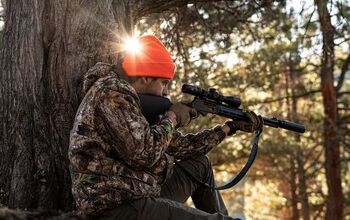
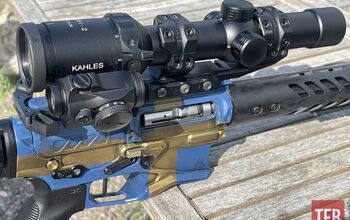
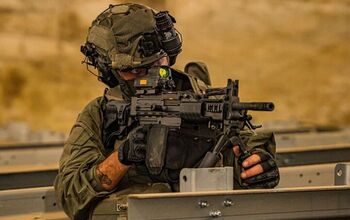






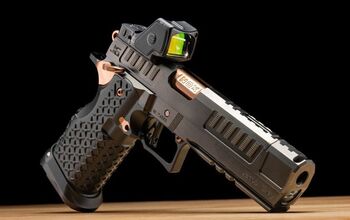







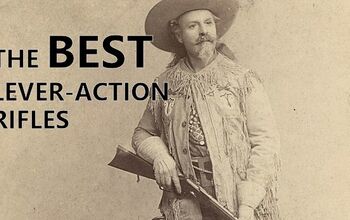
Comments
Join the conversation